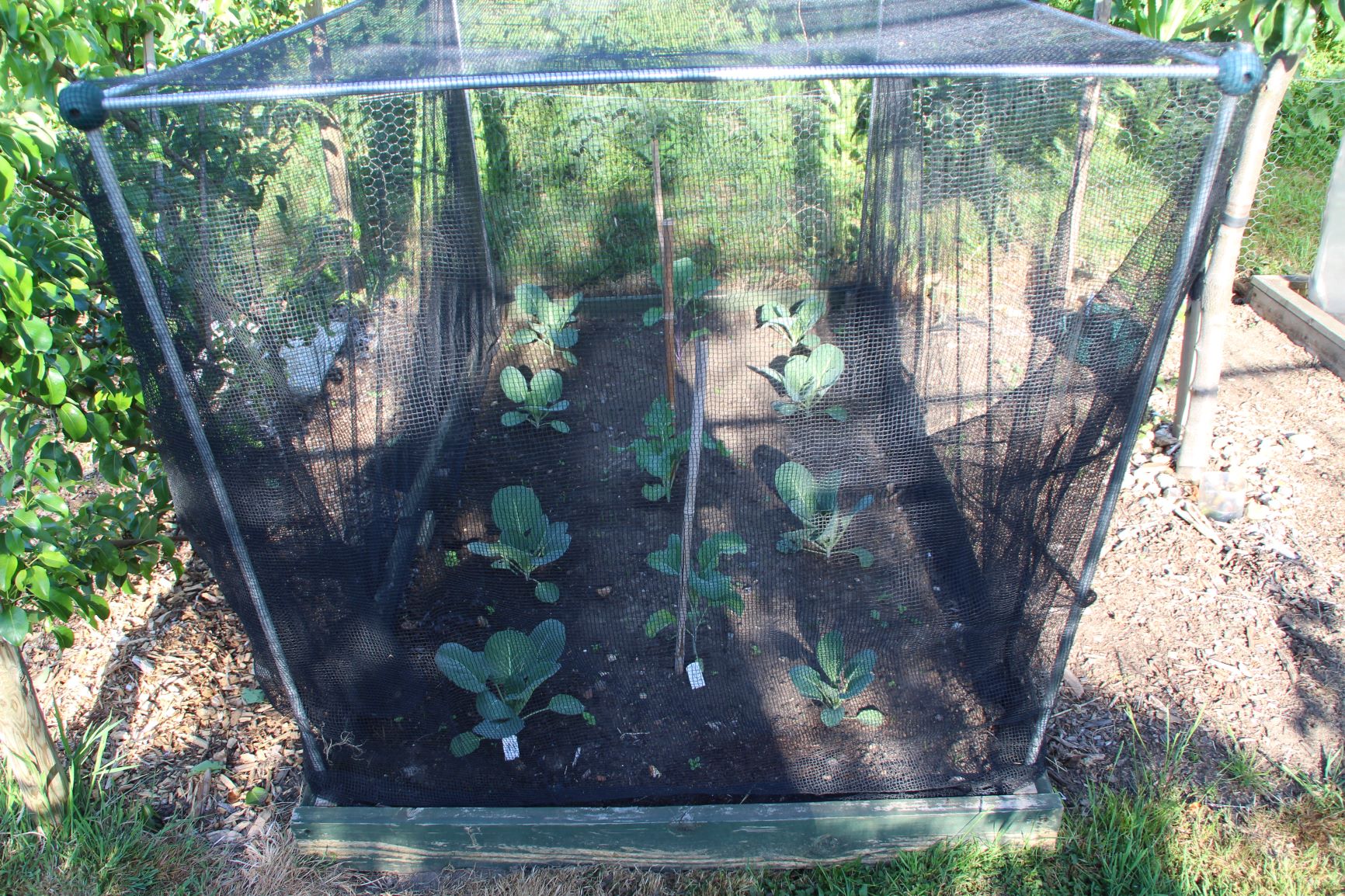With short, dark days dominating, what could be better than looking forward to next spring by planting tulips? Plant them deep (three times the depth of the bulb) and if your ground is heavy, add some gravel to the bottom of the hole to aid drainage. You might not reach the levels of drama of the Keukenhof gardens, but tulips are hard to beat for opulent flowers in late spring.
We are also in prime planting time for bare root trees and shrubs (and raspberry canes). Make a square hole 2-3 times the size of the rootball to a depth the same as the soil line on the stem add some mycorrhizal fungi and water in well. a wide (and square) hole encourages the roots to spread out helping new plants to establish more quickly. This step-by-step guide from the RHS shows how straightforward the process can be.
Tidying up tends to be a popular theme this month, but let’s remember that there is increasing evidence that not being too tidy can help wildlife by providing food and shelter for invertebrates, birds and mammals. There are however some bits of tidying that it is worth doing, clear leaves from paths and lawns and if you have the space store them in leaf mould bins. In a couple of years you’ll have a really good soil conditioner. If you suffer from rose black spot, then collect up all the fallen leaves from the roses, but burn these leaves to avoid creating reservoirs for the disease. With the winters around here being quite mild in recent years, traditional practices like lifting dahlia tubers may no longer be necessary.
Trees grown for winter bark colour like Acer griseum and Betula utilis look even better if you wash the bark with a mild soapy water solution. While thinking about trees, if you have any that are staked, check that the stake is still sound and that the tie has not got too tight as the tree has grown over the summer.
In the vegetable garden, if you grow winter brassicas, make sure that they are netted or hungry pigeons will soon strip your crop. This was one of our cages back in the spring. You can see how tight the netting is, which not only makes sure that there are no gaps for pests to gain entry, but also means that birds or small mammals can’t get caught up in loose, flapping netting.


